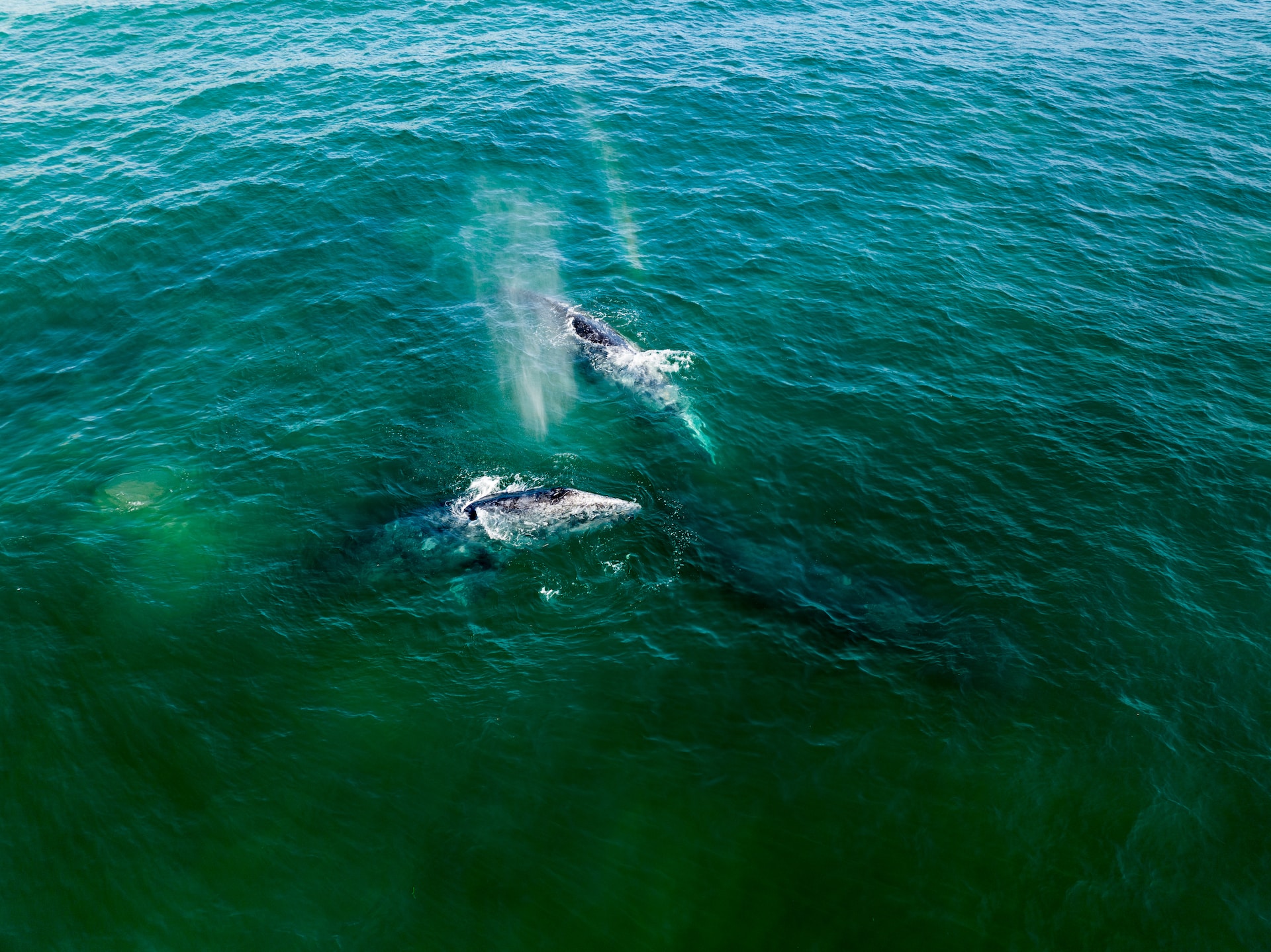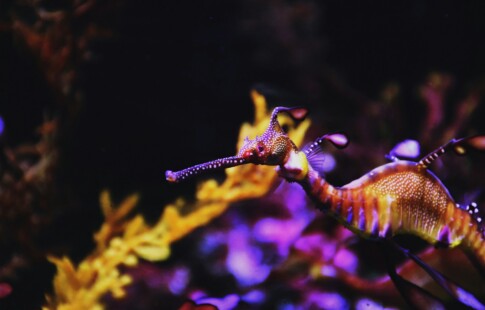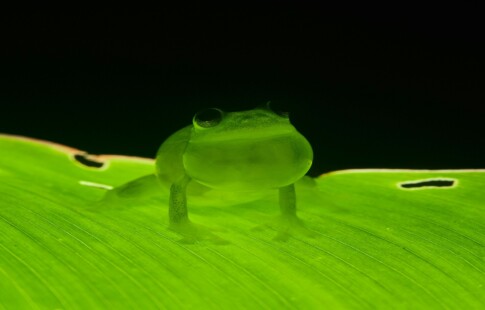
Gentle Giants: Exploring Conservation for Different Types of Whales
We are reader-supported. When you buy through links on our site, we may earn affiliate commission.
Whales are some of the world’s most stunning creatures, from the sheer magnitude of their size to some’s gentle demeanors. Sadly, many types of whales face an array of human-induced dangers, from pollution to entanglement to climate change.
Global and national governments, marine conservation groups, nonprofits, coalitions and individuals have all worked tirelessly to save whales from foreboding demise. Here, we’ll look at some common threats whales face and what’s being done to protect the most common and beloved species.
Ongoing Threats Facing Whales
Whale populations have decreased throughout the years, while some species numbers have made strides in a comeback. Yet, all types of whales face ongoing threats such as the following:
- By-catch — or entanglement in fishing nets and other gear
- Vessel collisions
- Whaling
- Oil and gas development
- Renewable energy development, particularly wind turbines
- Plastic and chemical pollution
- Illegal trade
- Climate change
- Habitat and food loss
For instance, krill could disappear amid the warming climate and sea ice loss, affecting whales relying on it as a primary food source.
Commercial whaling in various parts of the world — such as Norway, Greenland, Iceland and Japan — is also an enduring problem. Until 2019, Japan upheld a special allowance to hunt minke whales for scientific research. Japanese whalers killed 15,176 with the special permit — overall, they killed 43,799 minke whales through commercial, scientific, aboriginal and whaling programs.
If that isn’t enough, plastic pollution is also out of control, with 15–51 trillion plastic microbeads floating on the ocean’s surface. Whales typically ingest microplastics while feeding on krill, which could block stomach passages and hinder their ability to breathe.
5 Types of Whales Worth Protecting
Each whale species is worth saving from the harrowing health, human, and climate effects. With most types of whales deemed threatened and endangered, numerous efforts are underway to protect them worldwide. Here are five whale species and their current conservation initiatives.
1. Baleen Whale
The baleen or blue whale is the largest mammal on Earth, measuring 75–98 feet long or more. Entanglement is their biggest threat, with 12% of blue whales in eastern Canada bearing scars from fishing gear. Overfishing of krill and climate change are additional threats to blue whales.
Listed as “endangered” on the International Union of Conservation Network (IUCN), organizations like the International Fund for Animal Welfare (IFAW) work tirelessly to save them. The IFAW is highly concentrated on a major shipping route off the Sri Lanka coastline — a crucial baleen habitat.
By moving the shipping lane 15 nautical miles south, they help decrease vessel collisions with blue whales by 95%. The IFAW’s Blue Speeds campaign also aims to reduce boating speeds by 10% to reduce impacts and underwater noise pollution.
2. North Atlantic Right Whale
Unfortunately, only 336 North Atlantic right whales are left, making them among the most endangered types of whales globally. You can usually see right whales along the U.S. Atlantic coastlines.
Fishing gear entanglement, collisions, climate change, and noise pollution from offshore energy development are the most significant contributors to the species’ decline. The Save Right Whales Coalition advocates for the critically endangered right whales impacted by these offshore energy projects, including renewable wind turbines. The Coalition even litigates against energy companies for right whales’ conservation.
NOAA has also implemented boating speed restrictions during specific seasons and a 500-yard “no approach” area around right whales to better protect them. Alternative shipping routes, alert systems, and mandatory vessel reporting processes are also underway.
3. Beluga Whales
Many recognize beluga whales for their white skin, melon-shaped foreheads, and perpetual smiles. There are over 150,000 beluga whales worldwide, many of which face hazardous oil exploration and shipping in Arctic regions, climate change impacts, and a dwindling food supply.
Eventually, as ice melt results in increased commercial shipping, underwater noise pollution will obstruct belugas whales’ hearing, communication, foraging, and reproduction.
Recently, nonprofit Oceans North and the Manitoba chapter of the Canadian Parks and Wilderness Society collected 6,300 letters supporting the conservation of the Western Hudson Bay — a critical habitat for 60,000 belugas and various other marine species.
The groups gathered in a week-long symposium of scientists, politicians, business leaders, and Inuit harvesters to discuss future conservation policies and marine management strategies. The event was a valuable opportunity to discuss Manitoba’s beluga whales and their importance to local indigenous communities, economies, and the ecosystem.
In the U.S., NOAA continuously develops conservation and recovery programs with input from Alaska Natives to protect the Cook Inlet beluga. The agency concentrates on preserving beluga habitats, reducing noise pollution and oil spills, and improving emergency response during beluga strandings.
4. Gray Whale
Humans long hunted gray whales for their blubber — oil-rich fat used in machinery and oil lamps. In 1949, the International Whaling Commission banned hunting the species, followed by Mexico’s protections on breeding grounds in Baja in 1971. Eventually, the region became the world’s first whale sanctuary.
The U.S. also protects gray whales under the Marine Mammal Protection Act and Endangered Species Act of 1973. With these protections, gray whale populations have begun increasing.
Pollution still poses a significant problem for the species, particularly contaminated sediment near metropolitan areas. Gray whales typically swim close to shore, where they are more exposed to on-shore pollution.
5. Orca (Killer Whale)
Technically, orcas are dolphins, but many still refer to them as killer whales. Killer whales are listed as endangered and protected under the Marine Mammal Protection Act and Endangered Species Act.
The National Oceanic and Atmospheric Administration (NOAA) has several conservation initiatives underway, including improving whale-watching regulations, limiting sonar activity in orca migratory routes and preventing oil spills.
Organizations like Orca Conservancy also rehabilitate Chinook salmon habitats with native plants to replenish the primary orca food source.
SeaWorld also ended its orca breeding program in 2016, stating its current orcas would be the last in captivity. This was in response to public outcry over the 2013 documentary Blackfish, depicting the tragic events surrounding SeaWorld’s orca, Tilikum.
All Types of Whales Deserve Protection
Protecting whales and marine habitats should be at the forefront of everyone’s conservation initiatives. Even on an individual level, you can do your part to protect whale species by reducing single-use plastics and altering your behaviors. Ideally, we can create a world where all types of whales are safe and flourishing.
Share on
Like what you read? Join other Environment.co readers!
Get the latest updates on our planet by subscribing to the Environment.co newsletter!
About the author

Steve Russell
Steve is the Managing Editor of Environment.co and regularly contributes articles related to wildlife, biodiversity, and recycling. His passions include wildlife photography and bird watching.





